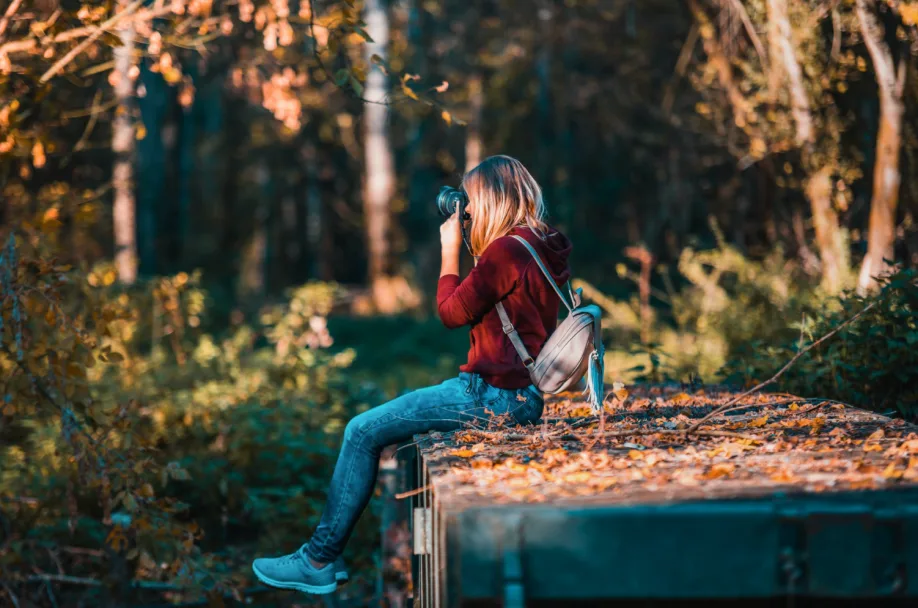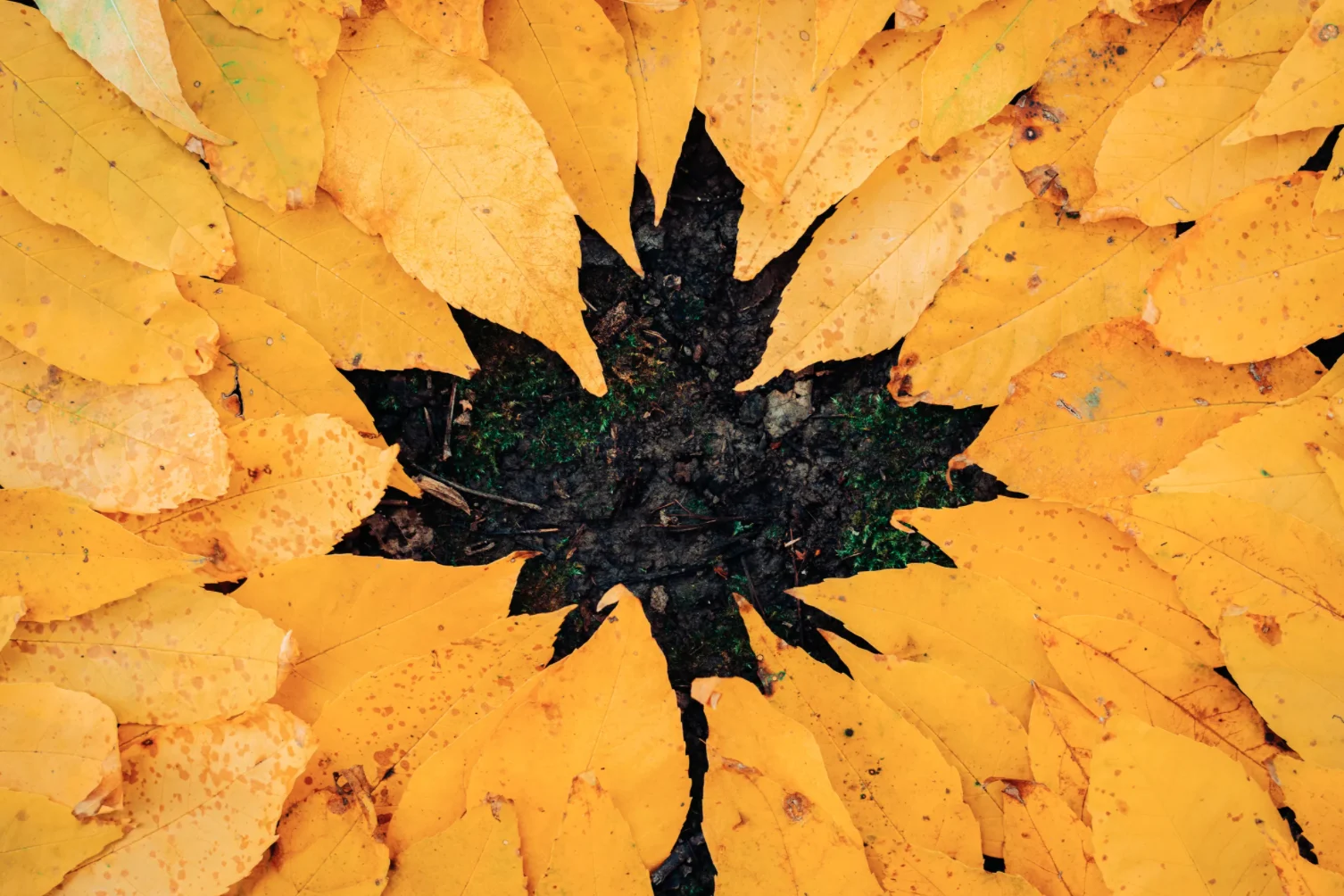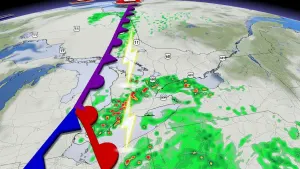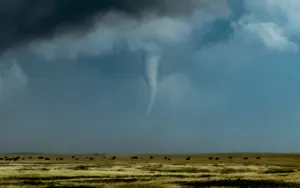
Trees need these perfect weather conditions to be vibrant & Insta-ready for fall
Nature definitely pulls its own weight to tout the "no filter" hashtag. Trees and gourd-flavoured drinks are pretty much what makes the fleeting heat sting less.
Given there's only a short window of time before the leaves drop, we can't take the beautiful display of rainbow foliage for granted.
There's so much fun science that goes on #BTS (behind the scenes) in the year-round life of a tree.
Trees are as needy as a certain porridge-hungry girl, they require the perfect weather conditions to produce those beautifully vibrant, rich and warm fall colours.
Before we go into the ideal weather conditions for trees in the fall, here's the science behind how leaves turn colours.
RELATED READING: Why do leaves change colour in the fall?
WHY LEAVES CHANGE COLOURS
Remember when we all learned that there are no "green peppers" or "red peppers" just the bell pepper going through ripening stages? It's like an edible version of the cycle below.
GREEN
Leaves appear green when they're alive and thriving throughout the spring and summer months.
Chlorophyll gets the photo(synthesis) cred when it comes to beautiful green trees.
Photosynthesis is the process of how trees and plants turn sunlight into sweet sweet energy. That sweet energy being glucose. Chlorophyll is the key component of this process and is what causes plantlife to appear green.
YELLOW
Once the production of Chlorophyll slows down in the fall, other compounds get to let their colours shine bright. Flavonols, a member of the flavonoid protein family, are the main ingredient in that golden yellow hue.

Flavonols are always present in leaves, but they are overshadowed by Chlorophyll when it's doing its thing.
ORANGE
Beta-Carotene is a popular carotenoid which is found in most leaves. This compound is really good at absorbing blue and green and reflecting yellow and red light, making an on point October orange.
RED
Anthocyanins are different from carotenoids, they don't chill out with their year-round quantity. During fall, Anthocyanins crank up production in order to prolong the life of the leaf, and of course make fall scrapbooking so potently red and pretty.
ENJOY 60 SECONDS OF TRANQUILITY: FALL COLOURS REFLECT OFF POND IN THE ROCKY MOUNTAINS
HOW WEATHER IMPACTS FOLIAGE COLOURS
In order for leaves to appear most vibrant, the temperature needs to be not too hot nor cold and the moisture needs to be balanced as well.
Right now, many areas in the US are experiencing droughts. Because of this, trees in these areas are starting to turn colours early this year.
For example, Dr. William Keaton, professor of forest and forest ecology at the University of Vermont, shared that “This year we’re seeing exceptionally vibrant foliage fall in Vermont,” adding, “This is due to a combination of factors, including good tree growth last year, mild drought, warm days and cold nights over the past month.”
The trees are turning colours two weeks early this year because of the drought. Dr. Keaton explains that “This is largely because droughts cause stress on trees – physiological stress. In this sense, while droughts may enhance some color, stress is not a good thing and may be a harbinger of things to come, climate change.”
As for temperature, the ideal situation for trees is warm days and cool nights. That combination speeds up the production of anthocyanins.
Keaton explains, “The contrast of temperatures between night and day accelerates the loss of chlorophyll from the leaves, leaving behind the secondary photosynthetic pigments (carotenoids) that give us the yellow and orange colors."
This is what scientist know thus far, Keaton remarks that “The causes of leaf fall are complex and actually not fully understood,” adding, “Drought is only one of many factors. The other factors are the period of light and the contrast between daytime and night temperatures in the fall. All this just shows how wonderful our forest ecosystems are!”









